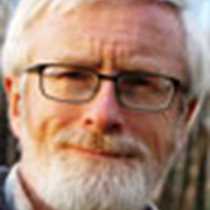Today we took another step up the Canadian Arctic ladder, swinging around Devon Island to make landfall on Ellesmere Island. This island, the 10th largest in the world, is the most northerly of Canada's Arctic Archipelago. Fewer than 200 people live here, in three settlements, although the population of one of these is officially listed as zero.
As we approached our destination, renowned polar bear biologist Ian Stirling gave a presentation on the similarities and differences in ways that predator-prey interactions shape marine mammal communities in the Arctic and Antarctic. Ian was followed by naturalist Carl Erik Kilander's presentation on Roald Amundsen, a Norwegian explorer whose high ambition and meticulous preparations produced an unsurpassed record of firsts in both polar zones.
Around midday, under low clouds, National Geographic Explorer steamed toward Ellesmere's south coast. The clouds lifted just high enough for the advance party to declare the area safe for landing, and so we proceeded ashore, with visions of musk oxen dancing in our heads. And musk oxen we did see, across a long stretch of yellow-brown plain, against the backdrop of a steep gray slope. We were indeed in musk ox territory, for as we spied the distant beasts through binoculars, we stepped over and around their hoof prints and their droppings.




